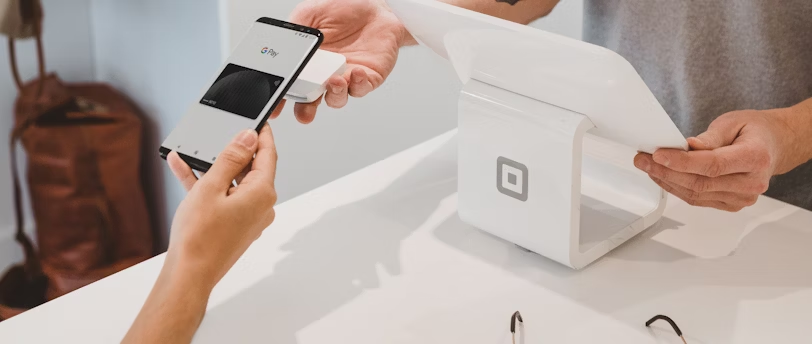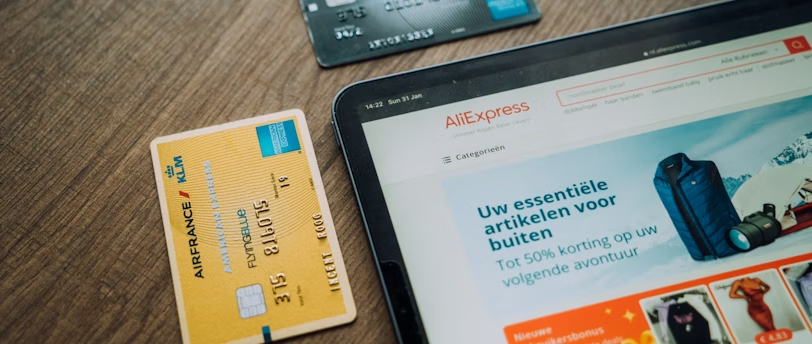The Reserve Bank of India (RBI) has launched Unified Payments Interface (UPI) service for feature phones called UPI123Pay.
At present, efficient access to UPI is available on smart phones. Considering that there are more than 40 crore feature phone (e.g. Nokia dabba phone) mobile subscribers in the country, UPI123pay will materially improve the options for such users to access UPI.
With this launch of new UPI for feature phones, Das added that it would help the National Payments Corporation of India (NPCI), an umbrella organization serving retail payments and settlement systems in India, reach its goal of processing a billion transactions a day.
UPI123Pay will also assist RBI to achieve its objective of a less-cash economy and financial inclusion.
Features:
Feature phone users will now undertake a host of transactions based on four technology choices. These include calling an IVR (interactive voice response) number, app functionality in feature phones, missed call-based approach, and also immediacy sound-based payments, the RBI stated.
Such users can make payments to friends and family, pay utility bills, recharge the FAST Tags of their vehicles, pay mobile bills, and allow users to check account balances. Adding customers will also link bank accounts and set or change UPI PINs.
Further, the 24×7 helpline ‘Digisaathi’ will assist the callers/users with their digital payments queries via the website and Chabot.
Users can visit www.digisaathi.info or call 14431 and 1800 891 3333 from their phones for their digital payments and grievances queries.
Distinct options:
App-based Functionality: App could be installed on the feature phones, allowing several UPI functions open on smartphones to be functional on feature phones.
Missed Call: By dialing a missed call on the number displayed at the merchant outlet, feature phone users will be capable of accessing their bank account and performing routine transactions such as receiving, transferring funds, regular purchases, bill payments, and so on. The customer will accept an incoming call asking them to verify the transaction by entering their UPI PIN.
Interactive Voice Response: UPI payment via pre-defined IVR numbers would necessitate users making a secure call from their feature phones to a pre-determined number and completing UPI on-boarding formalities before they could begin making financial transactions without the internet.
Proximity Sound-based Payments: This technology utilizes sound waves to permit contactless, offline, and proximity data communication on any device.
How to use UPI123Pay?
A shared server site library permits feature phone holders to use digital processes to transact.
The UPI123Pay feature does not require internet connectivity to transact online. Additionally, this service is available in various Indian languages.
The smartphone and feature phone users can now effortlessly transact digitally with the new facility.
UPI for feature phones is a three-step process call, choose and pay.
Before initiating to make the payment, it is required that the user links their bank account with the feature phone.
Further, using his/her debit card, they will be required to set a UPI PIN.
Once the UPI PIN is created, the user can use their feature phone for transactions just like a smartphone user.
The feature phone user needed to call on the IVR number and choose the phone relying on the service mandated such as money transfer, LPG gas refill, FasTag recharge, mobile recharge, balance check, etc.
To transfer the money, one will have to choose the phone number to whom money is to be transferred, add the amount, and enter UPI PIN.
To pay to a merchant, they can use an app-based payment method or missed call payment method.
They can also use the voice-based method to make digital payments.
Actual steps/ process for using UPI123Pay
#Dial the IVR number 08045163666 on your phone.
#On the IVR menu, select your preferred language.
#Now, choose the bank linked with UPI
#Press ‘1’ to confirm the details.
#Press ‘1’ to send money by using your mobile number.
#Enter the mobile number of the recipient.
#Confirm the details.
#Now, enter the amount that you want to transfer.
#Enter your UPI PIN and authorise the money transfer.
That’s it. That is how you use UPI123Pay!
Welcome to the new India.


